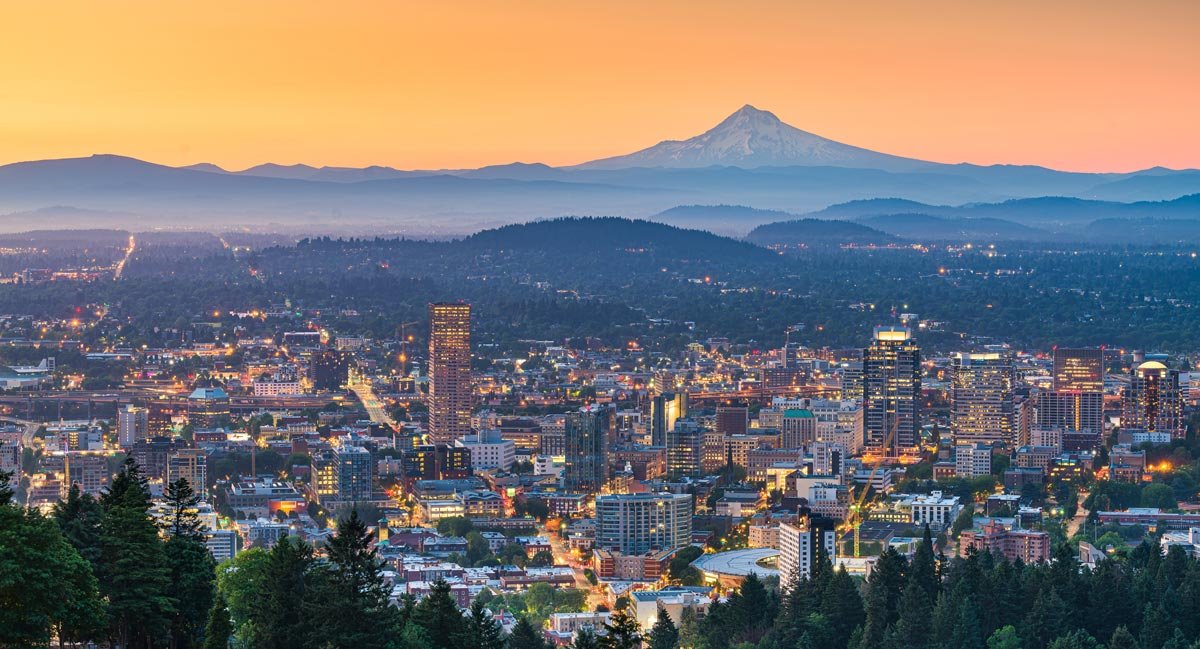Services
Elevate Building Commissioning is an engineering firm formed by brothers, Caleb and Nathan Aring, located in Portland, Oregon. We specialize in providing technical quality assurance to verify your building’s operation and highest performance.
Our passion lies in interacting with the building equipment and seeing that every detail is correct in the system operation. Collectively, our team of Professional Engineers have commissioned over 200 projects in Oregon, Washington, California, Alaska, Idaho, Utah, Nevada, Massachusetts, Rhode Island, Connecticut, and Georgia.
-
Elevate’s mission is to provide outstanding work to our clients that improve the performance of their building. We achieve this by assigning specific project engineers to each project so that relationships with the equipment and the project team can be formed to benefit the project. It is our goal to prove and demonstrate the successful operation of your building.
-
Formed in 2016, our vision is to become a recognized leader in the building commissioning industry. Elevate plans to achieve this by continuing to provide excellent service to our clients and as we grow, we will continue to seek and hire special individuals. Through various internal projects, we are working to improve the reporting of the economic benefit to more easily justify the cost of commissioning your building.
-
We create a cohesive commissioning community on each project through executing our work plan and building close relationships with the owner and contractor teams. We hold the team accountable to resolve all items that we find during commissioning of your building.
-
We are invested in expanding the industry through the Building Commissioning Association as well as serving our local community with our involvement in Habitat for Humanity and 1% For the Planet. These connections reward us and those who work with us.
-
Our hands-on experience is the foundation of our professional service. We are experts on the design, construction, and turnover of building systems. We are passionate about finding challenging issues and leading the team to successful resolutions.
Conservation Partners
Elevate partners with 1% for the Planet because we recognize there is a growing importance for preservation and conservation. This is an opportunity for us as a business to be a part of that call to action in a tangible way by contributing significant portions of our revenue stream to other organizations who do incredible work. Our hopes are to be part of something bigger than our small business.
FAQs
-
Absolutely. Caleb and Nathan have commissioned over 30 projects of 100,000 square feet or bigger. Our team is effective and efficient with jobs of any size.
-
A lot. We believe onsite time is critical to the success of our work. Our initial site visit will coincide with the beginning of MEP rough-in. From that point on, we return to your site approximately once per month during construction and we are onsite weekly from the equipment start-up phase to project close-out. Our detailed site visits catch numerous items, preventing operational issues during project closeout.
-
We work hard to fully integrate ourselves with the MEP design and construction teams. Initiative and teamwork with these groups is what sets us apart and ensures success. Our project management goal on each job is to facilitate a working leadership relationship with the General Contractor so that we are included in programming (scheduling) of the complicated home stretch of each project. This pertains to equipment start-up, system balancing (TAB), controls implementation, training and turnover to the owner.
-
Using the MEP design documents and contractor submittals we write functional test scripts specific for each commissioned system and associated equipment. Typically, we then complete functional testing on 100% of the equipment in our scope of work. This process is carried out in coordination with the contractor team until the issues discovered are corrected and re-tested, verified working.
-
Nathan – “Give me the big chiller plant!”
Caleb – “Anything with great trend log data!”
Dave – “I’m with Caleb, let’s nerd out on Universal Translator!”
Our Track Record
121 Commissioned Projects
•
55 In Progress
•
66 Completed
•
66 Satisfied Customers
•
121 Commissioned Projects • 55 In Progress • 66 Completed • 66 Satisfied Customers •




